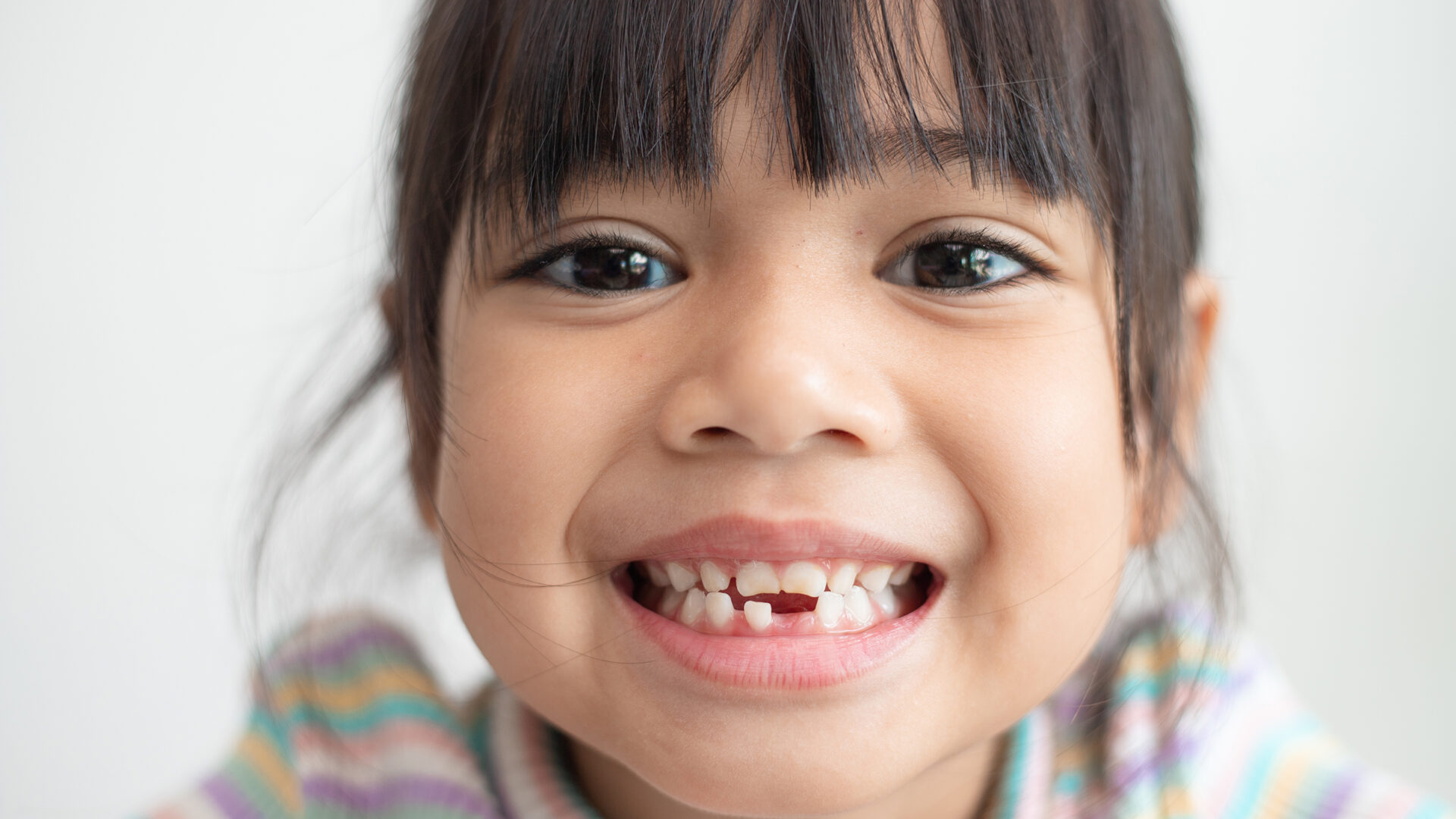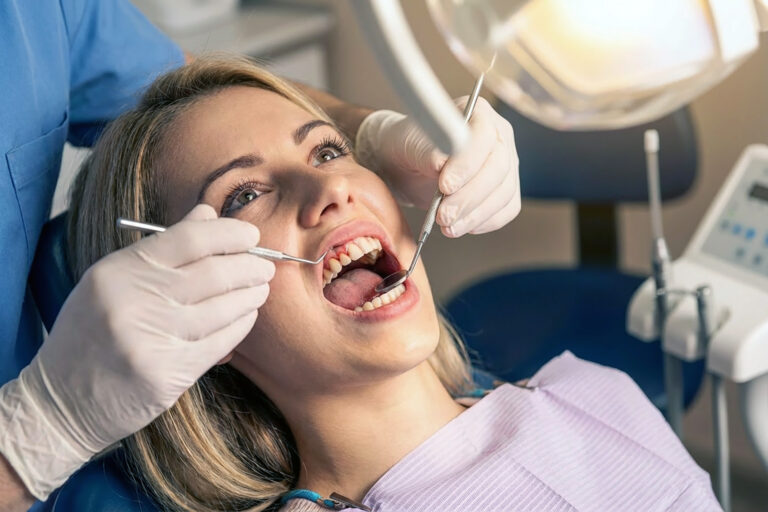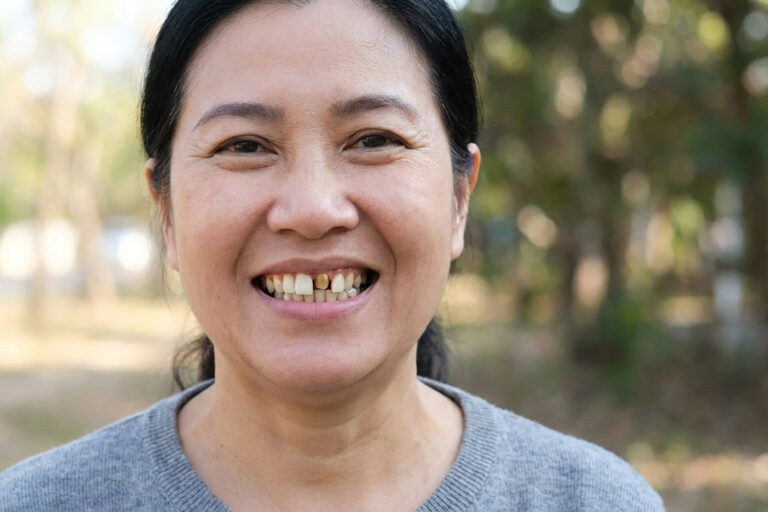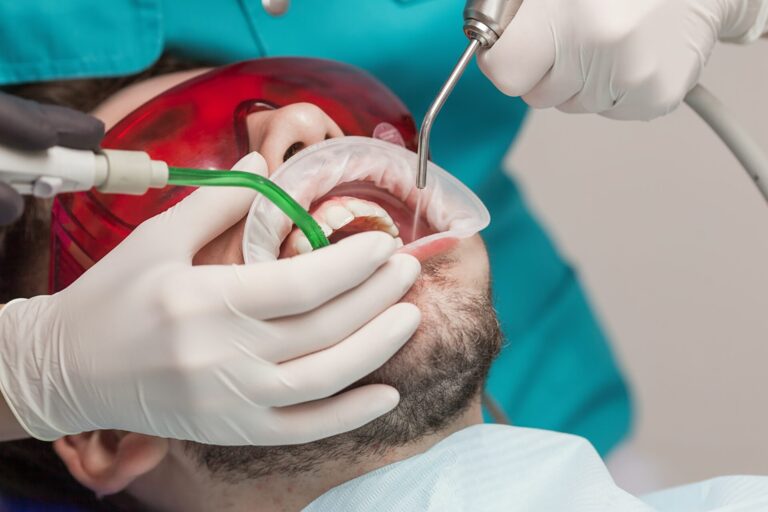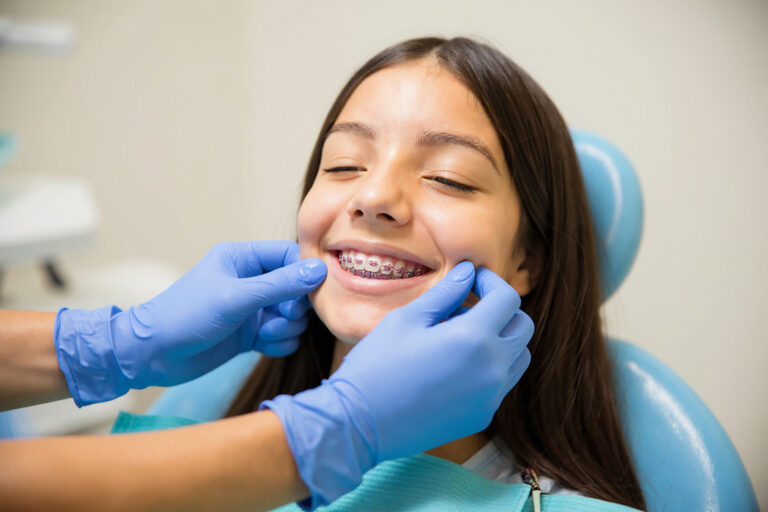Clinical data from the National Dental Centre in Singapore indicates that the prevalence of hypodontia – a congenital condition characterised by one to five missing permanent teeth – in orthodontic patients affects a significant portion of our population (13.7% in Chinese, 14.4% in Malay, and 6% Indian).
Losing a milk tooth is often an exciting time and a sign of coming of age for your child, especially when the tooth fairy comes with a gift! However, in some children, a new permanent tooth does not emerge, which can cause health issues beyond simple oral hygiene later in life.
A missing tooth leaves an open pocket in the gum that can allow in bacteria that can cause infection or periodontitis. The longer you wait to replace a missing tooth, the greater the risk of getting gum disease, which is one of the culprits of many other serious health issues like heart disease and diabetes. Hypodontia also increases your child’s risk for losing more teeth and affects the natural jawline.

Having an improper bite can lead to a habitual grinding of the teeth (i.e. bruxism in children), or jaw disorders such as a temporomandibular disorder or TMD that can damage the enamel of your child’s teeth, or cause headaches and other tooth sensitivities.
As parents ourselves, we understand how stressful it can be when it comes to an abnormal growth issue in your child. That’s why here at TEETH @ Tiong Bahru, we offer a wide range of children’s hypodontia treatments in Singapore.
How Common is Hypodontia in Children
What are the causes of missing permanent teeth in kids? Most people should have a complete set of 32 permanent teeth. When a child is missing baby teeth, it’s likely that they will have a missing tooth in the same spot as their permanent teeth develop.
Hypodontia, or a congenitally missing tooth, as the name suggests, rests in our genetics — the way our teeth form in the mouth is a complex process. Many children with hypodontia have gene expressions that don’t fully signal the formation of the dental lamina, a band of tissue that sits underneath the gum. If this mutation happens, then the dental lamina is absent, and no tooth forms in that area.

The condition is also related to being born with low birth weight and several dysfunctions such as Down’s Syndrome, cleft lip or cleft palate, ectodermal dysplasia and genetic abnormalities.
What can a parent do about missing teeth in our children if the condition is rooted in genetics? Children usually keep losing their baby teeth until they are twelve years old. If your child’s permanent tooth doesn’t grow, a parent may not realise the long-term health risks of having a missing tooth as oral health is part of our overall well-being.
The simplest thing for parents worried about missing teeth is to make an appointment with one of our highly-qualified dentists. Dr. Sherina, principal dental surgeon at TEETH @ Tiong Bahru, worked as a senior house officer across some of the most prestigious paediatric dental departments in England, including the world famous Great Ormond Street Hospital. Her experience treating children then, and in the years since, shapes our dental team’s approach to young patients.
Hypodontia Treatment for Children
Our dentists for hypodontia in Singapore will start by assessing the alignment of your child’s teeth, the amount of crowding of teeth inside the mouth, and their bite. From there, they will formulate a treatment plan prioritising your child’s bite, dental health and the aesthetic appearance of their smile.
These personalised plans vary depending on your child’s situation, such as which tooth is missing, how your child’s jaw has developed, and/or their overall oral hygiene. Some dental treatment options may be recommended for immediate action during the consultation, but sometimes, it may require waiting until your child is in their late teens or as they approach adulthood.
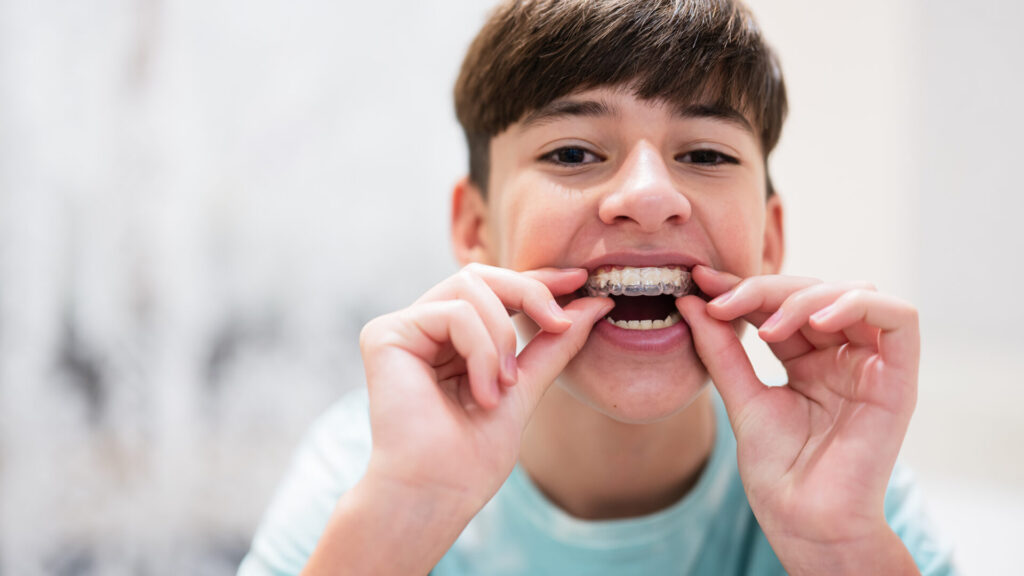
- Orthodontics can help address your child’s missing tooth by aligning or shifting the teeth surrounding it. Sometimes, the gap left behind by a baby tooth is impinged by a different permanent tooth, making implantation difficult without addressing the overall jawline first by creating space for an implant or closing the space left by an absent permanent tooth to fill the gap.
- In young patients, the function and aesthetic enhancements for missing teeth can be successfully treated with interim composite restorations. The tooth-coloured filling material can maintain the space for future treatment.
- Children rarely need a traditional dental bridge, so a removable bridge or partial denture may be recommended. If there is premature loss of a primary tooth, perhaps due to decay, then it’s likely that a space maintainer will be put in place;. This allows room for the permanent teeth to grow correctly. However, if an infant has been born without any primary teeth in part of their jaw, they may need to use an adjustable partial denture until adulthood, when it can later be replaced by a traditional dental bridge.
- Traditional bridge is a dental device constructed and placed into your child’s mouth to fill the gap of the missing tooth to ‘cover’ the gap. Traditional bridges are considered very strong, but they’re not for all patients as the procedure requires modifying the two adjacent teeth to create space for the cosmetic teeth.
- The easiest and most convenient solution for missing teeth may be a dental implant. It is durable, strong and cosmetically appealing. Implants, however, are often not recommended until after children reach adulthood when their jaws have reached a stable, safe point for implantation surgery.
If you’re concerned about your child’s oral health, TEETH @ Tiong Bahru’s dentists are trained to provide hypodontia treatment for children. Our philosophy when it comes to children is to provide a strong foundation of oral health through an uplifting, anxiety-free experience. Whether a tooth has fallen out from a trauma, or you suspect a permanent tooth is taking too long to develop, contact our clinic today about paediatric dental issues.

